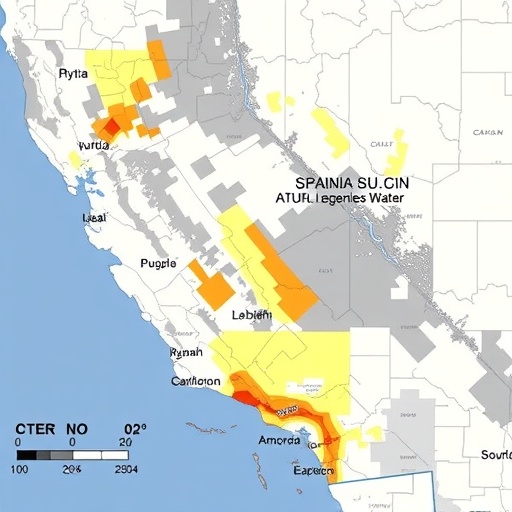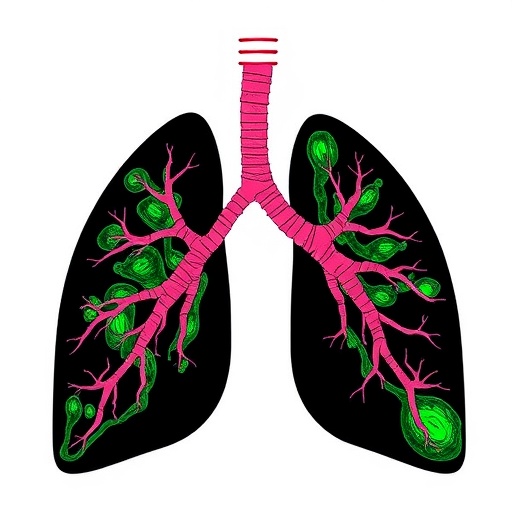
A University of Cincinnati scientist has engineered an environmentally friendly technology to zap outbreak-causing viruses and bacteria from public drinking water.
Environmental and biomedical engineer David Wendell, an associate professor in UC’s College of Engineering and Applied Science, developed a protein-based photocatalyst that uses light to generate hydrogen peroxide to eliminate E. coli, Listeria, and potentially protozoa like giardia and cryptosporidium.
If mass produced, he predicts this protein (called StrepMiniSog) could be used to safely “spike” the public water supply in the event of an outbreak.
“We designed this protein to attach to pathogens of interest using antibodies, so that when the attached photocatalyst is exposed to light it generates hydrogen peroxide and kills the pathogen,” said Wendell.
Importantly, Wendell points out that this technology neutralizes viruses and bacteria in water without adding troublesome contaminants — such as antibiotics or disinfection by-products — to the environment.
“In the environment or engineered water treatment systems there are many bacteria that you want to preserve,” he said. “We need a disinfectant that can ignore helpful bacteria while neutralizing pathogens responsible for sporadic outbreaks. It is essentially a seek-and-destroy technology where it will only attach to the organisms of interest. By using a selective approach we can preserve existing microbiomes, which makes them more resistance to opportunistic pathogens.”
Wendell said current methodologies for treating outbreaks involve increasing chlorine concentrations at water treatment plants, but too much chlorine can produce other types of water contamination, commonly referred to as disinfection byproducts (which are regulated by the EPA) and certain bacteria — Legionella for example — are gaining resistance to Chlorine. .
Wendell received a $500,000 grant as part of an NSF CAREER Award earlier this year to develop a mass-production system for his protein-based photocatalyst.
“I think it is feasible to have a mass-production technology in less than five years,” Wendell said.
His recent publication in the journal PLOS was titled “Selective Photocatalytic Disinfection by Coupling StrepMiniSog to the Antibody Catalyzed Water Oxidation Pathway” and was written in conjunction with former graduate student Elizabeth Wurtzler.
Beyond the potential use in water treatment, Wendell adds that the technology could also be used as a personal disinfectant product. And unlike antibacterial products (which kill all types of bacteria, including helpful types) his would target only harmful pathogens.
“The technology is also very useful for any sort of surface disinfection, including treating human skin,” said Wendell.
###
Media Contact
John Bach
[email protected]
513-556-5224
@UofCincy
http://www.uc.edu/news
The post Clean water-treatment option targets sporadic outbreaks appeared first on Scienmag.




